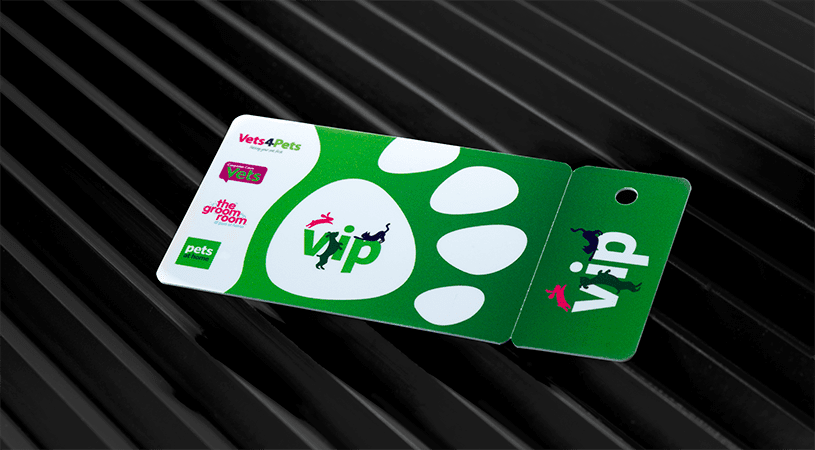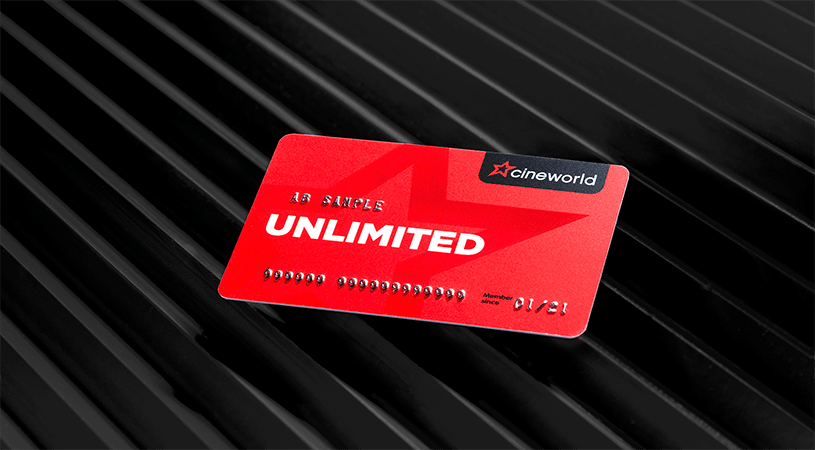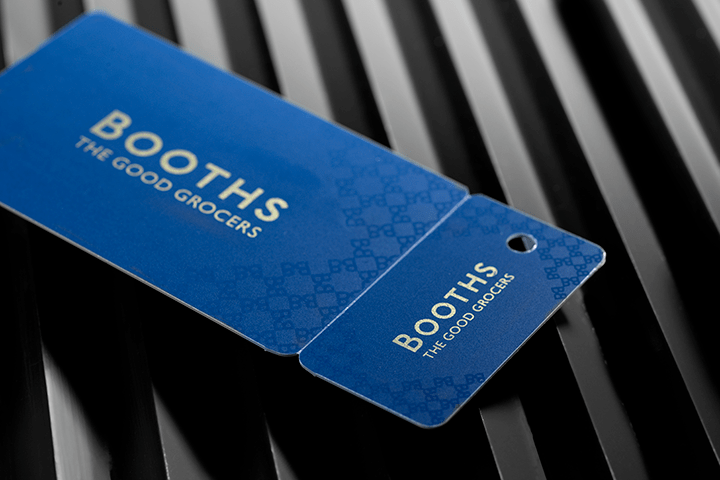There are many techniques that are used throughout the plastic card production process to ensure that they can be easily identified as an individual card rather than just one of a batch, and barcoding is perhaps one of the most important options that we have when we want to really give individuality to one of our plastic cards.
Designed to make that card unique and instantly recognisable, barcodes are a commonplace on most plastic cards and if they are being used in a retail environment or as a membership card then they often make up a crucial piece of the puzzle in identifying one card from another and ensuring that your clients are treated accordingly.
Barcoding plays a crucial role in membership cards, and this is also true of library cards as it allows your clients to scan their cards and be instantly recognised by the system. In turn this means that your clients can operate in an individual manner and that you can tailor a system to meet their unique needs.
Why is a barcode important to a library card?
Although we are moving into a modern age, the traditional library is still a very popular option for people who love to sit down with a good book, CD or other form of traditional entertainment, and as such the majority of libraries across the UK are still a very popular place to be.
Library cards allow users to borrow and return books and CDs at just the swipe of the card, at which point they are added onto their own individual account and they are then responsible for them. Each user may be allowed a certain number of books at any one time and this unique card allows the system to track who has how many books, which books and at what time.
A barcode is crucial to giving your card that unique edge and also making it easy for your clients to scan their cards. Self-scanning machines mean that your clients can check books in and out as they please and saves you money on staff and time accordingly.




